A preeminent race car designer, Gordon Murray has had an incredibly successful 52-year career, penning several notable title-winning Formula 1 cars and the seminal McLaren F1. But he’s embarking on a new chapter with Gordon Murray Automotive, which last year pulled the covers off the sensational T.50 supercar.
With a central driving position borrowed from the F1 and the radical “Fan Car” concept from the Brabham BT46B, it was a Murray greatest hits compilation of sorts. But whereas the T.50 was designed to be a useable – if ridiculously fast – street car, the car you see here, the T.50s Niki Lauda, is a track-only monster designed to rip your face off in the corners.
Named after the late three-time F1 world champion (it was also unveiled on his birthday yesterday), the T.50s takes its road-going sibling to the logical extreme, with big wings, more power and less weight. Unlike the F1 GTR racer, which was developed after the production model was introduced, this car was developed in tandem and thus delivers an uncompromised driving experience on the circuit. Or so GMA claims.
On the outside, the T.50s draws plenty of inspiration from modern race cars and shares not one body panel with the T.50. At the front sit a giant splitter, prominent dive planes and a trio of NACA brake ducts, while along the side, the bargeboards have been split from the main door panels and help feed air into the new side oil cooler intakes. The roof scoop has also been made much larger and stand proud of the body.
This scoop leads into by far the most notable aspect of the car’s aerodynamics – the large dorsal fin, which enhances yaw stability and directs airflow to the massive rear wing. Crucially, the 400 mm rear fan has been retained, drawing air from the huge diffuser and allowing it to generate more downforce. Here, the diffuser is even bigger and helps deliver an impressive overall downforce figure of 1,500 kg.
Apparently, even this number is nowhere near what GMA can achieve with the package, and the downforce was deliberately pegged back to make the driving experience more accessible to novice drivers. “When we first ran the CFD (computational flow dynamics) we were already ahead of our downforce target,” said Murray. “At one point we were achieving 1,900 kg of downforce, but we backed it off to 1,500 kg to make the car more manageable for the owners.”
The T.50s needs that downforce because of the power it’s pushing to the ground. The Cosworth-designed 3.9 litre naturally-aspirated V12 has been uprated still further and now pushes 711 PS at an astonishing 11,500 rpm (the redline remains a stratospheric 12,100 rpm) and 485 Nm of torque at 9,000 rpm. Those figures are 48 PS and 15 Nm up on the standard T.50 and raises the specific power output to 178 hp per litre.
Key to the increased performance are the redesigned cylinder heads and camshafts, a higher 15:1 compression ratio and a straight-through Inconel exhaust system. Tailoring the engine for track duty has also helped shave off 16 kg, thanks to the lighter intake, exhaust and control systems, titanium valves and the jettisoning of variable valve timing.
The T.50’s six-speed manual gearbox has also been replaced by an Xtrac Instantaneous Gearshift (IGS) sequential transmission with paddle shifters; even here, the company has managed to save five kilograms. It’s also offering a choice of two ratio options – a standard one with a top speed of between 320 and 340 km/h and a shorter version that trades velocity for acceleration, maxing out at around 275 km/h.
The weight-saving measures extend to the construction of the car, with thinner glass, carbon fibre body panels and a carbon fibre monocoque with an aluminium honeycomb core. All in all, the T.50s weighs just 852 kg, down from the already featherweight 986 kg of the road car.
Fully adjustable, the chassis features new springs, dampers and anti-roll bars, dropping the ride height by 87 mm at the front and 116 mm at the rear. The steering ratio has also been revised, while the braking system has been retained and consists of 370 mm carbon ceramic discs at the front and 340 mm rotors at the rear. They are clamped by six-piston front and four-piston rear callipers and generate a scarcely-believable 3.5G of stopping power, in concert with the car’s aerodynamics.
Despite the serious hardware on board, the T.50s rides on fairly modestly-sized 18-inch wheels. There’s nothing modest about the wheels themselves, however – forged from magnesium and featuring F1-style lightweight hubs and a centre lock, they weigh just six kilograms each. The Michelin slicks measure 250 mm wide at the front and 300 mm at the rear.
Inside, you get a carbon fibre bucket seat, a six-point harness and a single passenger seat and a four-point harness on the left side, although this can also be deleted to save yet more weight. The tiny, skeletal steering wheel only contains the most important controls for traction and launch control, neutral gear selection and the radio to the pits or the passenger. A single digital screen shows vehicle and telemetry data.
There’s no denying that the T.50s will be fast, but Murray said his team hasn’t been chasing the last millisecond and has instead focused on enjoyment. “We had no interest in achieving the ultimate lap time or creating an over-tyred and over-downforced spaceship at the expense of driver involvement, because ultimately you have to possess an F1 driver level of skill and fitness to get the best out of them,” he said.
Just 25 units will be built, all of them named after the 25 F1 wins achieved by Murray-designed cars – the first car will be named the Kyalami 1974, after the South African track. Each will come with a Trackspeed package that includes engineering support and a full set of equipment, such as tools and a refuelling rig.
Owners and their technicians will also be invited to a track day to set up the car; they’ll also get a full day’s worth of track tuition. Additionally, the company is working with the Stéphane Ratel Organisation (SRO) to offer track days as part of the latter’s GT World Challenge Europe events, with the view of creating a race series for the car in the future.
Looking to sell your car? Sell it with Carro.




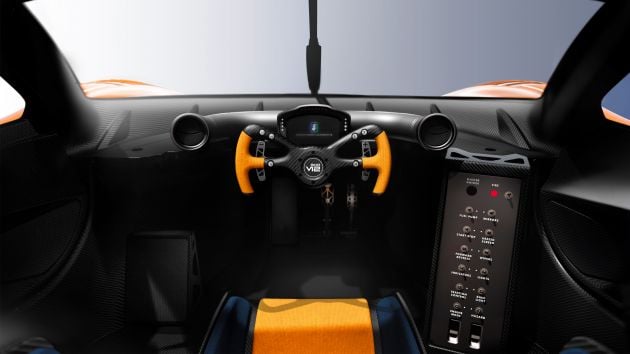
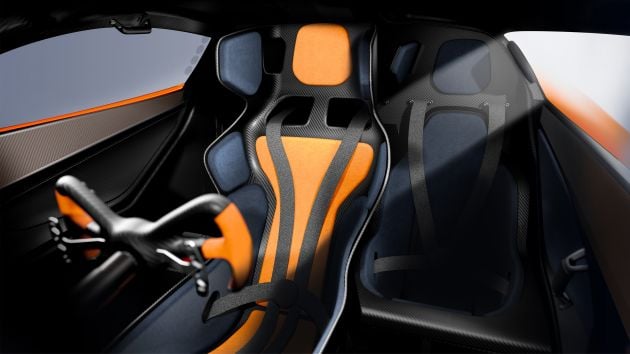









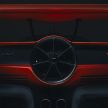
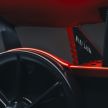
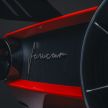
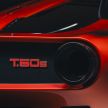
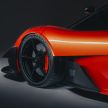

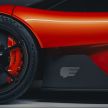




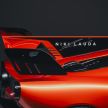


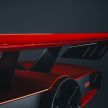

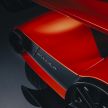


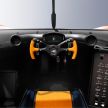
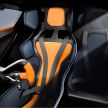

The console panel is a real turn off. Surely he can design a much better panel.